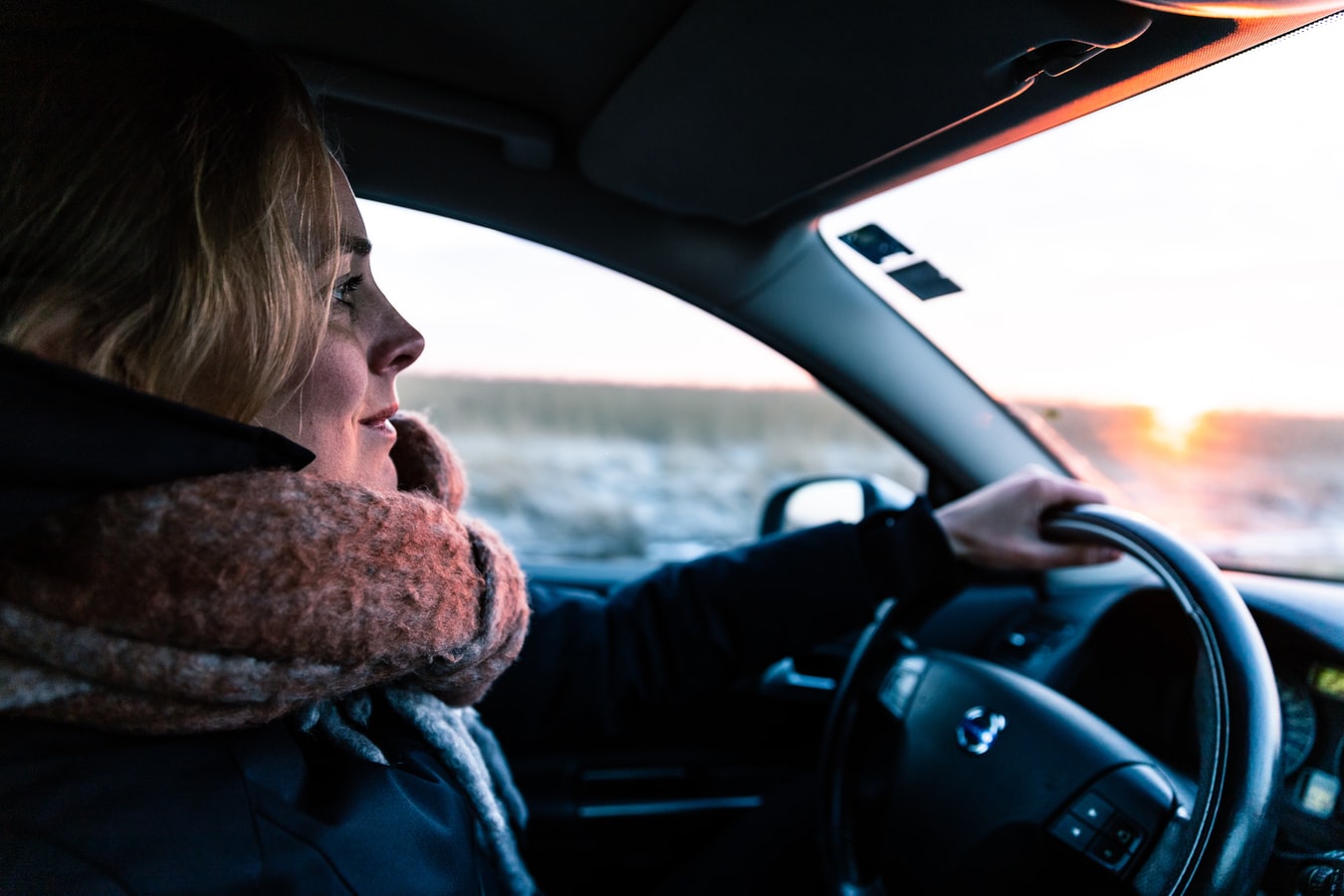
The demands of life will always be around, no matter what season we are in. Regular drivers will know that winter is a time for extra caution, and conditions can be more extreme than normal. While it is tempting to stay inside and keep warm, don’t forget about your 4-wheeled family member. Here are 5 of our winter road safety tips to keep you and your passengers safe this winter season.
Check your tires
You may have heard it before, but checking the treading on your tires can save lives. Tires have special patterns and depths to maintain a smooth drive on various types of surfaces. Not all roads are perfect, and some will have uneven surfaces with rocks and gravel, preventing a flat surface.
Tread patterns allow the tire to dig into the surface of the ground for a better grip of the road, smoother driving and safer driving. The grooves also give water a space to move around and reduce slipping. Check the depth of the grooves in your tires. If your tires are pretty old and look really flat, get them replaced. Smooth tyres cannot displace water and work as well on bumpy roads, so keeping them on is a huge risk for anyone in your car.
Alongside the treading, get your type pressure checked out too. Maintaining the correct tyre pressure allows the tyres to wear evenly and ensures the correct level of grip on the surface of the road. Filling them too high or too low can have risky consequences, so get them checked out by yourself or a trusted mechanic such as Mascot auto repairs.
Check the Brakes
When driving around on cold winter roads, you’ll rely on your brakes even more than usual. We recommend checking the disc brakes and disc brake linings every 10,000 kilometres or when it starts to squeak a lot. Generally, if you want to check yourself, look through the brake disc’s inspection hole for any signs of heavy rust, scoring and/or uneven wear. Refer to your car’s manual and if something doesn’t look right, get a brake inspection booked in. Even if no repair needs to be made, it’s better to be safe than sorry. It’s also much safer for your car and yourself to get brakes professionally checked and replaced, as it’s a lengthy DIY process.
Check your car battery
Your car’s battery will go through extra strain every winter. It needs to work harder to warm up the car, keep heaters on and everything else you may use. If you know your battery is already getting pretty old, don’t hesitate to replace it. There’s nothing worse than your car not starting before your drive to work.
Keep your windscreens clear
While you should be keeping your car clean in any season, pay extra attention to your windscreens. A clean windscreen will be one less visual hindrance in fog or heavy rain. Wipe the windscreen wipers and clean the insides and outsides of the glass with a streak-free cleaner.
Take extra caution when driving
If you live in colder climates such as in the Blue Mountains, take care when driving around large hills and bends. Colder climates may have black ice on the roads, making the road very slippery without you realising since they look like an ordinary road. Try to maintain a safe gap from the car in front of you, and drive with care.

Post a comment